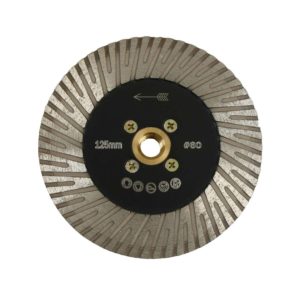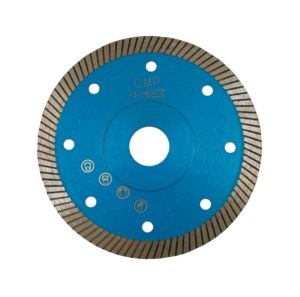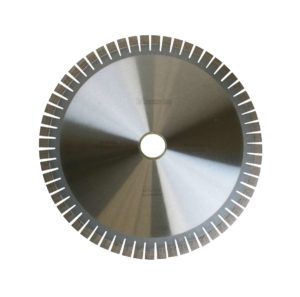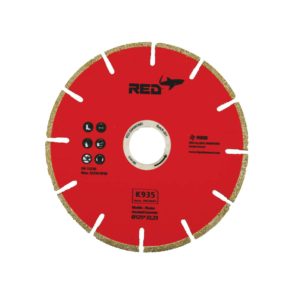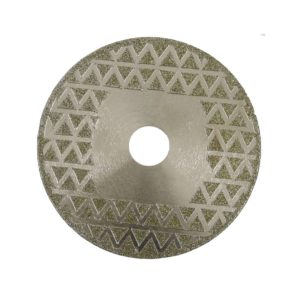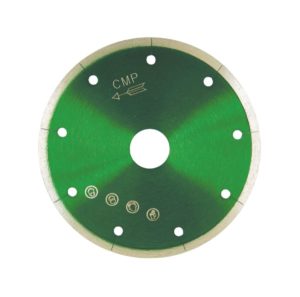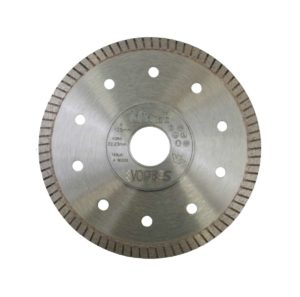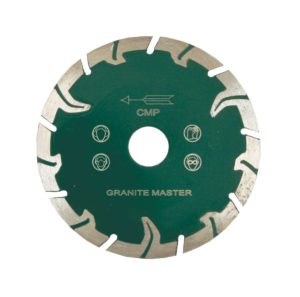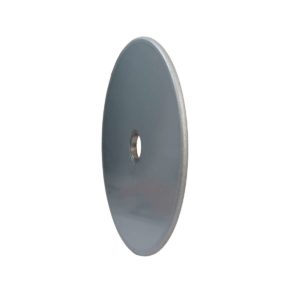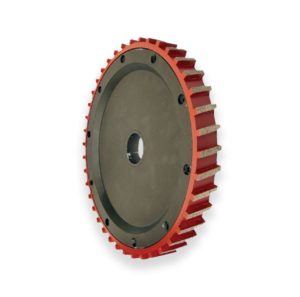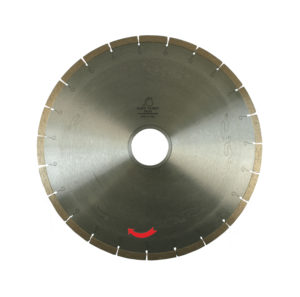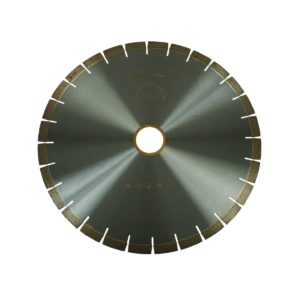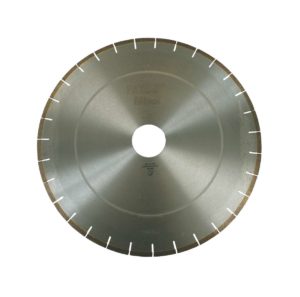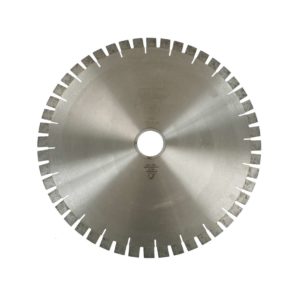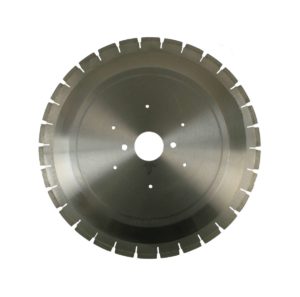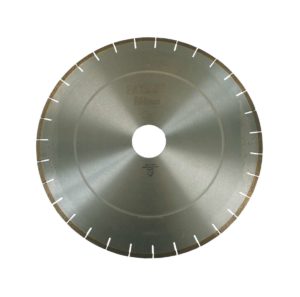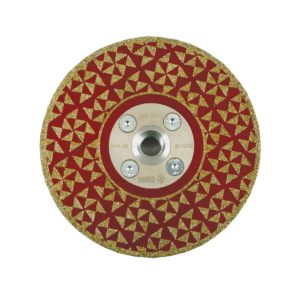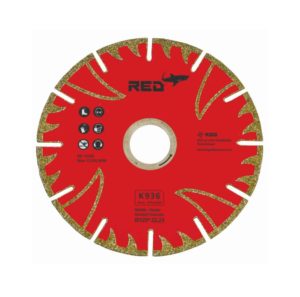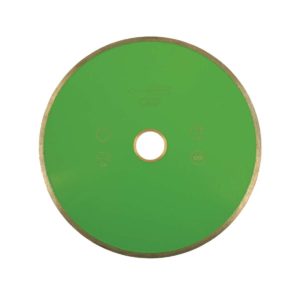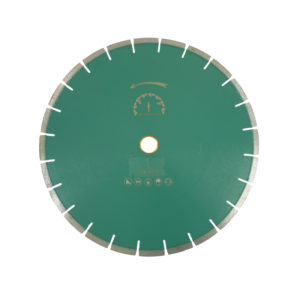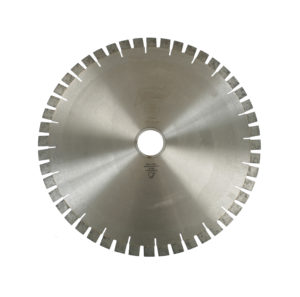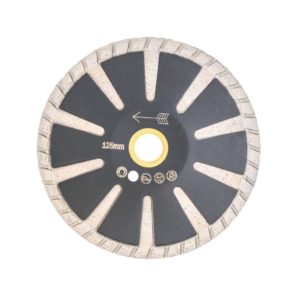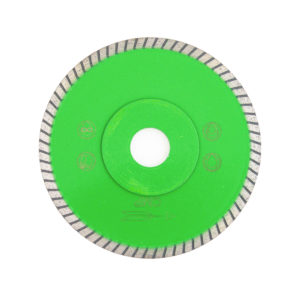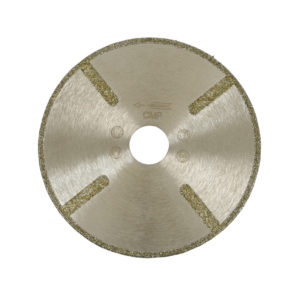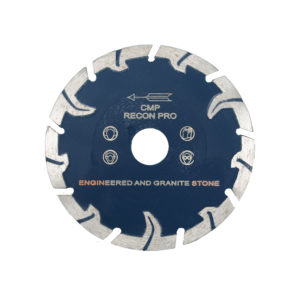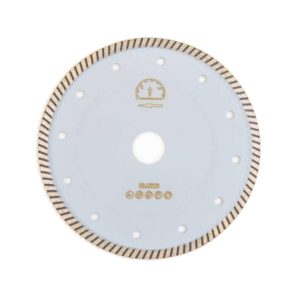Stone Masonry Tools & Equipment Melbourne
CMP Stone in Hallam are a stonemason tools supplier in Melbourne that specialise in Stone Masonry tools in Melbourne.
We also specialise in tools for:
- Monumental Stone Masonry
- Stone Masonry Tools & Equipment
- Bricklaying Tools & Equipment
- Marble Cutting Tools & Equipment
- Sculpting Tools & Equipment
- Landscaping Tools & Equipment
- Tile Cutting & Tiling Tools & Equipment
- Dry Wall Masonry Tools & Equipment
The stonework is a skill that is quickly disappearing from the modern economy, making jobs in the field extremely competitive. Employers in Australia are actively seeking skilled stonemasons.
Stonemasons are skilled craftspeople who primarily work with stone and masonry materials like hard and soft stone, marble, and concrete blocks and slabs. They use these supplies to help construct and restore monuments like walls and stone buildings, as well as memorials like headstones.
It's not just walls that stonemasons can construct but also:
- Retaining walls
- Fireplaces
- Chimneys
- Water features
- Stairways
- Feature walls
- Barbecues
There is evidence that stonecutting was practised as early as the Neolithic Era.
Early stonemasons used fire to make quicklime, plasters, and mortars as far back as the Neolithic Revolution and the first animal domestication. Mud, straw, and stones were then utilized to construct dwellings. And the rest, as they say, is history; stonemasonry emerged as a distinct trade.
From then on, stonework has played an important role in every culture that has ever existed. The Egyptians constructed the pyramids, the Maya constructed the step pyramids, the Persians constructed the palaces, and the Greeks constructed the temples. Almost every culture throughout history has left behind recognizable symbols and landmarks, the majority of which were carved by skilled stonemasons.
But the twentieth century saw the most dramatic shifts in stonemasons' access to new technologies and methods. Previously, stonemasons relied on either draft animals or their own muscle power to do the bulk of the labour. The development of the internal combustion engine, however, simplified and made easier many of the more challenging aspects of the craft.
The use of cranes and forklifts has made the transport and placement of large stones much more efficient and rapid in recent times. Furthermore, the use of motor-driven mortar mixers, compressed-air powered tools, abrasive saws, and carbide-tipped chisels greatly simplifies and quickens the operation.
CNC TOOLS
8+ Products
GRINDING & SHAPING
20+ Products
CONSUMABLES
11+ Products

Duties & Tasks of a Stonemason
- Stone is cut and shaped using either machine or hand tools, depending on the stone's qualities.
- Fabricate kitchen counters and bathroom vanities by cutting and polishing granite and marble.
- Use comprehensive templates and a wide range of chisels, punches, and hammers appropriate for the stone being worked with to design, cut, and carve monumental masonries such as memorial tablets and statue bases.
- Incorporating lettering into stonework necessitates first mapping out the letters, and then either hand tools or sandblasting equipment are used to cut or chisel out the letters.
- Build your walls out of stone tiles and massive masonry blocks.
- Install a stone pavement.
- Install tiles made of granite or marble
- Put up stone coverings on buildings.
- Restore historic structures like churches and monuments by repairing or replacing the stonework.
Carrying out stone masonry work is a specialized occupation that calls for learned abilities. Although perfection is elusive in stone masonry, skill can be honed through repeated practice. When properly used, the many different tools available for stone masonry can create stunning works of art. Some stonemasons continue to utilize only the hammer and chisel, the two basic hand tools that have been around since prehistoric times. Today, many stone objects are manufactured in factories using computerized assembly lines to regulate the cutting and shaping processes. Pneumatic tools run on compressed air and make work much simpler and quicker. These are the implements necessary for hand-laid masonry.
Stonework has been practised practically continuously since the birth of human civilization, making it one of the world's oldest professions. Stone from the soil is worked by expert stonemasons into buildings, sculptures, and other structures. You may still admire the amazing results of the early stonemasons' hard work. Some of the most impressive examples of these men's work include the Egyptian Pyramids, Greek temples, Stonehenge, and the magnificent Roman amphitheatres.
Nearly wherever you go in the United Kingdom, you'll discover evidence of the skill and craftsmanship of medieval stonemasons. The best stonemasons were in high demand during the 11th and 12th centuries as hundreds of castles, churches, and cathedrals were built across the country. Apprentices, Journeymen, and Master Masons were all welcome to join the Worshipful Company of Masons, with the latter being considered "freemen" and so permitted to do as they pleased in terms of where and when they went.
But what about the stonecutting equipment used by ancient and medieval stonemasons? Surprisingly, little has changed over time, as both ancient and modern stonemasons use essentially the same foundational skills and tools.
It's true that today's stonemasons have access to more sophisticated machinery, and that some of the tools and techniques they use may have evolved since the profession was founded. While this may be the case, the top stone masons of today are perfectly capable of using ancient techniques and tools.
This exemplifies not only the skill's transmission from one generation to the next but also the durability and efficacy of the methods and equipment employed. The mallet, chisels, and sharp metal edge are all examples. Making a smooth stone surface requires only these three tools, and this is the foundation of all stonemasonry.
For instance, chisels exist in a wide range of sizes and forms to suit a wide range of materials and stone measurements. Chisels with tungsten carbide tips are one example of a recent technological advancement. But the truth remains that the chisel used to build the Pyramids, Roman amphitheatres, and Greek temples has the same fundamental shape as the stonemasons employed today.
The masonry trowel, used to spread mortar between and around stones, is another instrument that has changed little throughout the centuries but is still in use today. The old method of placing building stones with a lewis and crane or block and tackle is still practised today, as is the usage of mason's hammers. It's true that newer, more cutting-edge approaches are being created, but that doesn't imply we should abandon our tried and true methods and equipment just yet.
It's crucial to be able to use the standard tools and methods for working with stone in order to restore historic structures to their former glory. Modern cement is excessively rigid and doesn't allow a stone building to breathe, so only lime mortars should be used instead.
Stone Mason Tools
Point
Roughing up terrain and leveling off peaks are two uses for a point.
Chisel
Chisels can be used to rough out stone or split it in two. Chisels come in a wide variety of shapes and sizes, with various chipping tips (flat, bladed, tapered, etc.).
The chisel is one of the most fundamental tools for any mason to have. These tools are essentially metal rods with sharpened, flattened heads.
Chisels have been around since before metal was even discovered by humans. There is a wide range of sizes and purposes for chisels. Chisels come in a variety of sizes, with larger ones designed for making rougher cuts and smaller ones for being more precise.
Chisels can either be manufactured as general-purpose tools or as specialized tools for certain materials.
Pitching
To shape a slab of stone, a pitching tool is used. The undesired stone on the face or sides of a masonry block can be removed with a pitching chisel, a common tool used by stone masons. Dressing the stone properly involves "pitching" the surface to the appropriate level.
Only one side of the blade and handle have been bevelled. A sideways swing is permitted against the Masons' pitcher.
- Forged from high-quality carbon steel
- Can be re-sharpened
- Single bevelled edge
- Hardened and tempered blade
- Hexagonal shaft
Tracer
Before cutting into the stone, it is marked with tracing lines. A stone can be split in half with the use of a carbide-tipped Hand Tracer, or it can be scored so that it can be trimmed or split more easily.
Chipper
You may square off any sharp corners using a chipper. A Mason's Chipper, a variant of our Offset Hand Set, with a bevelled blade ideal for rock facing, trimming, or squaring stone. The bevelled blade makes it simpler for the carbide tip to gain purchase on surfaces that aren't perfectly flat.
Offset
Used for squaring in the same way but with more force.
Plug Drill
It's possible to make holes with this tool by alternating rotation and hammer blows.
Hammer
To cut and shape the stone, a chisel or other tool is struck with a hammer. Historians estimate that hammers were among the earliest tools used by early humans, dating back millions of years. As ancient as the hammer is, the chisel is older. The hammer is the final instrument on the list and maybe the most well-known among masonry implements. A hammer, typically shaped like a cube of metal mounted on a wooden handle, is used by masons to transfer the force of their swing to a chisel or wedge. The need for a separate chisel to carve stone is eliminated when a hammer's reverse side is designed to function as a chisel.
Wedges
A metal wedge, shaped like a triangle, is used to fracture stone along preexisting cracks. Insert the wedge's thin end into the crack or fissure in the stone until you reach the end of the crack or fissure. The wedge is driven farther into the stone by repeatedly striking it with a hammer. How a stone cracks depend heavily on how hard you hit the wedge. In general, the harder the force, the more quickly the wedge will separate, but in some cases, it may be essential to use a more subtle force to guide the wedge along a specific fracture. A wedge is only useful for widening and strengthening preexisting fissures in the stone; it is not employed in the same way as an axe to break through the smooth surface.
Wire
A simple metal wire is another classic masonry implement. This wire may be used in much the same way a saw might be used on a log of wood. A groove is worn into the stone by repeatedly rubbing a wire across it. This is accomplished by repeatedly pulling the wire back and forth across the stone. The depth of this groove increases until it penetrates the stone. Due to the lack of teeth on the wire, grit in the form of sand is applied to the stone's surface. The sand then functions as the saw's 'teeth,' with the wire acting as the saw's directional guidance.

